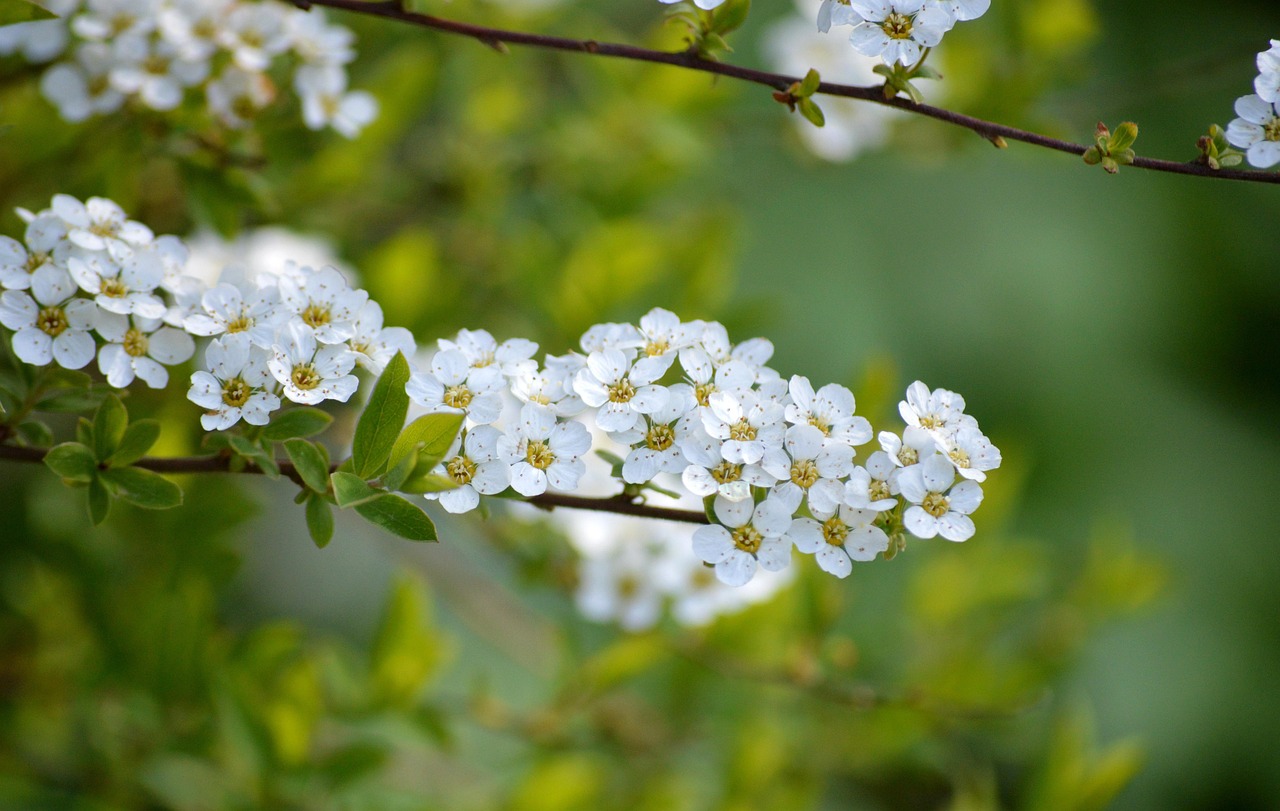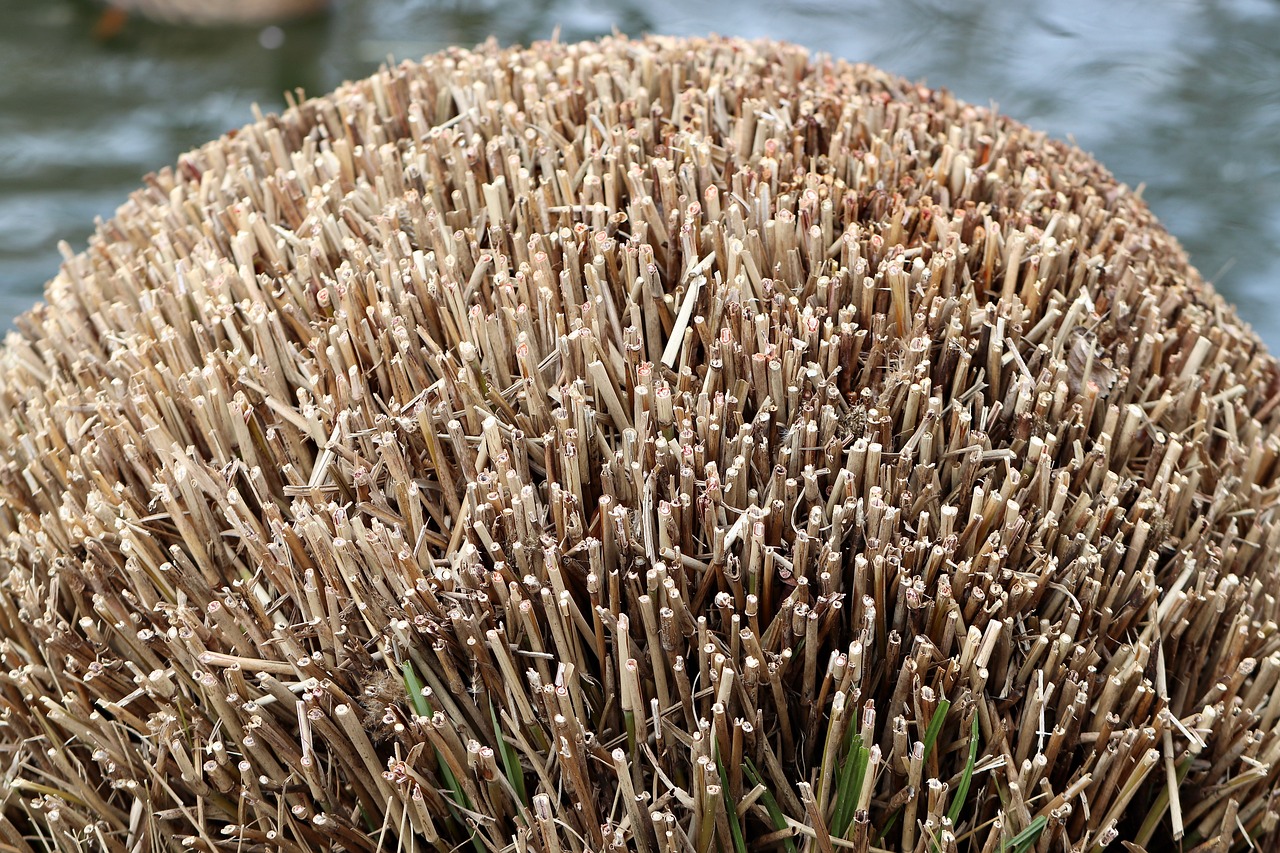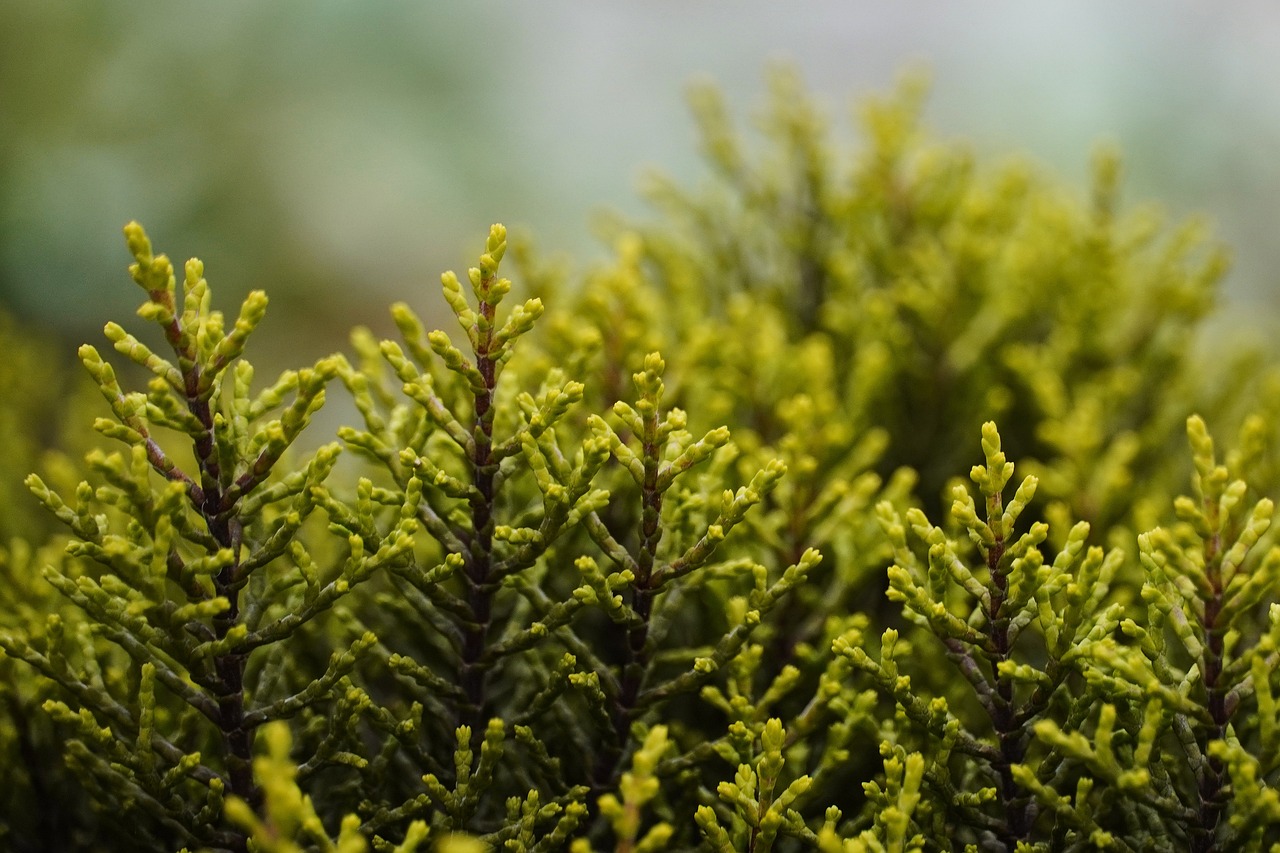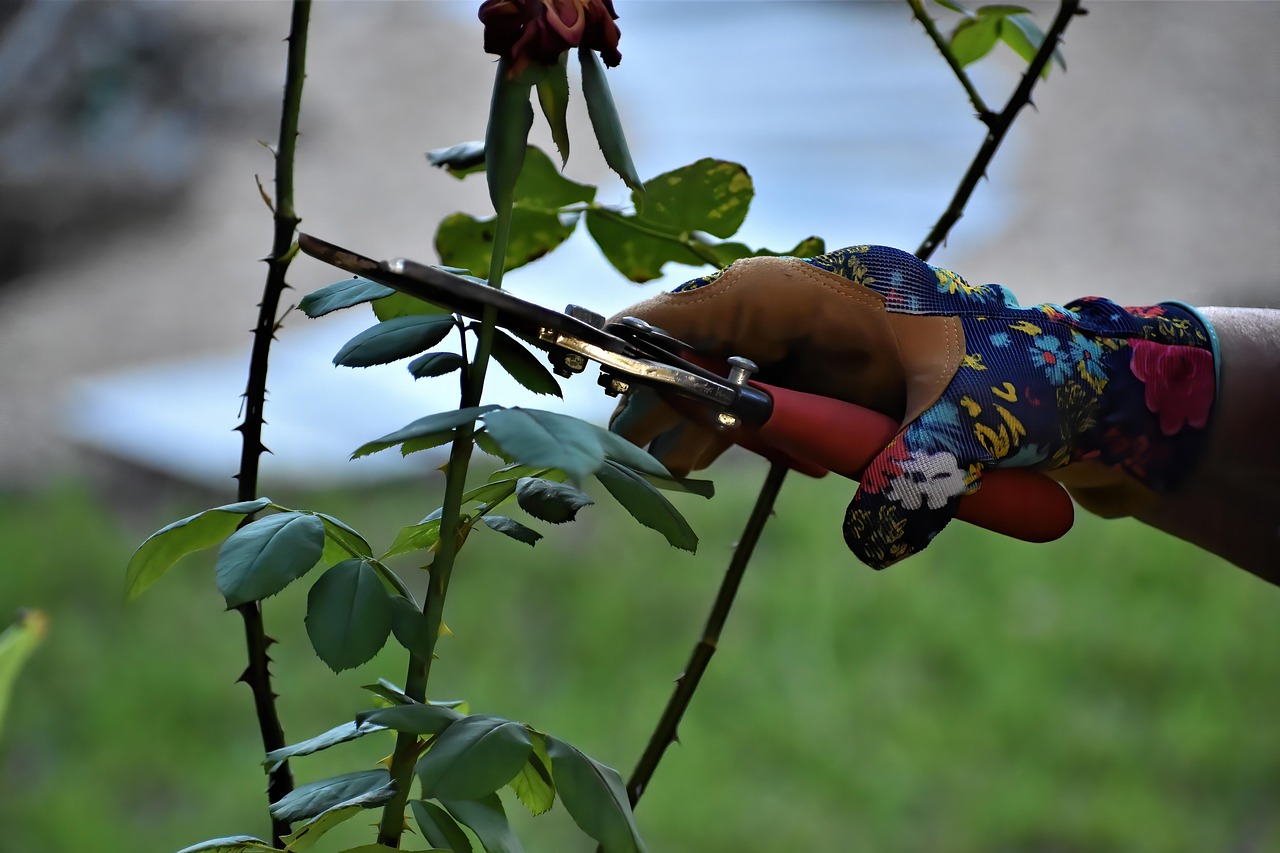Pruning spring blooming shrubs is essential for promoting healthy growth and vibrant blooms. The best time to prune these shrubs is immediately after they finish flowering. This timing allows plants to set new buds for the next season while maintaining their shape and vigor.
Understanding Spring Blooming Shrubs

Spring blooming shrubs are a beautiful addition to any garden. They provide stunning flowers in early spring, bringing color and life to landscapes that have just emerged from winter. Common examples of these shrubs include lilacs, azaleas, and dogwoods. Understanding the growth habits of these plants is crucial for effective pruning.
Unlike summer blooming shrubs, which bloom on new wood, spring blooming varieties produce flowers on the previous year’s growth. This key difference influences when and how you should prune them. If you prune too late, you risk cutting off the buds that will produce flowers in the spring.
Benefits of Pruning
Pruning offers several benefits for spring blooming shrubs. By removing dead or damaged branches, you can improve air circulation and sunlight penetration, which are vital for plant health. Additionally, pruning helps maintain an attractive shape and encourages fuller growth.
Another advantage of proper pruning is the potential for increased flowering. By cutting back overgrown areas, you can stimulate new growth and enhance the overall flowering display in the next season. It is also an opportunity to remove any diseased or pest-infested branches, keeping your plants healthy.
When to Prune
The ideal time to prune spring blooming shrubs is right after they finish flowering. This timing allows you to avoid cutting off the buds that will bloom the following year. Generally, this means pruning in late spring or early summer, depending on your local climate and the specific type of shrub.
Here are some signs that indicate it’s time to prune:
- Flowers have faded and fallen off.
- Branches are crossing or rubbing against each other.
- There are dead or damaged stems.
- The shrub has become overgrown and lacks shape.
Tools Needed for Pruning
Having the right tools makes pruning more efficient and effective. Here are some essential tools you should have:
- Hand pruners: Ideal for small branches and detailed work.
- Loppers: Useful for cutting medium-sized branches.
- Saw: Necessary for removing larger branches.
- Gloves: Protect your hands from thorns and rough surfaces.
- Bypass pruners: Preferred for clean cuts on live branches.
Identifying the Right Cutting Techniques
Using the correct cutting techniques is vital for the health of your shrubs. Always make clean cuts at a slight angle just above a bud or leaf node. This method helps prevent damage and encourages new growth. Avoid leaving stubs, as they can invite disease.
When shaping your shrub, aim for an open center. This promotes good air circulation and light exposure, which are essential for healthy growth. Regularly step back to assess your progress and ensure you maintain a balanced shape throughout the pruning process.
| Shrub Type | Best Time to Prune | Pruning Notes |
|---|---|---|
| Lilac | Immediately after flowering | Remove spent flowers and thin out crowded branches. |
| Azalea | After blooming in late spring | Lightly shape the plant while removing dead wood. |
| Dogwood | Late spring after flowering | Focus on thinning to allow light into the center. |
By understanding these essential practices, you can ensure your spring blooming shrubs remain healthy and vibrant for years to come. Implementing these techniques will not only enhance your garden’s beauty but also foster a thriving environment for your plants to flourish.
Common Mistakes to Avoid When Pruning
Pruning can be a straightforward task, but many gardeners make mistakes that can harm their spring blooming shrubs. Understanding these common pitfalls can help ensure your plants thrive and bloom beautifully. Here are some mistakes to watch out for:
- Pruning at the Wrong Time: Cutting back shrubs before they bloom can remove the buds that would produce flowers. Always wait until after blooming.
- Using Dull Tools: Dull tools can crush branches rather than making clean cuts. This can lead to disease and poor growth.
- Over-Pruning: Removing too much foliage can stress the plant. Aim to prune no more than 25% of the plant at one time.
- Ignoring Plant Health: Failing to assess the overall health of the shrub before pruning can lead to cutting away healthy growth unnecessarily.
- Not Cleaning Tools: Using unclean tools can transfer diseases between plants. Always sanitize tools before and after use.
Pruning Techniques for Different Types of Shrubs
Different spring blooming shrubs may require specific pruning techniques for optimal results. Understanding these techniques will help you achieve the best outcome for each type of shrub.
Lilacs
Lilacs benefit from a technique known as “renewal pruning.” This method involves cutting back one-third of the oldest branches to ground level. This encourages new growth and rejuvenates the plant. Additionally, deadheading spent flowers promotes more blooms for the next year.
Azaleas
For azaleas, light pruning is key. After flowering, remove any dead or diseased branches and lightly shape the plant to maintain its natural form. Avoid heavy pruning, as azaleas can be sensitive to overcutting.
Dogwoods
When pruning dogwoods, focus on thinning out crowded areas to enhance air circulation and light penetration. This not only helps with growth but also reduces disease risk. Always cut back to a healthy bud or branch junction to encourage vigorous new growth.
Understanding Shrub Growth Habits
To prune effectively, it is essential to understand how different shrubs grow. Each species has unique growth habits that dictate when and how you should prune them.
- Old Wood Bloomers: These shrubs bloom on last year’s wood, such as lilacs and forsythias. Prune them right after flowering to avoid removing next year’s blooms.
- New Wood Bloomers: These plants, including many varieties of hydrangeas, bloom on new growth. They should be pruned in late winter or early spring before new growth begins.
- Mixed Bloomers: Some shrubs may produce blooms on both old and new wood. Understanding which growth produces flowers helps determine the appropriate pruning strategy.
The Role of Fertilization After Pruning
Fertilizing your shrubs after pruning can enhance their recovery and stimulate new growth. Applying a balanced fertilizer helps replenish nutrients that may have been depleted during the pruning process. Here are some tips for fertilization:
- Select the Right Fertilizer: Choose a fertilizer formulated for flowering shrubs, which typically contains higher phosphorus levels.
- Timing: Apply fertilizer shortly after pruning to support new growth and flowering.
- Application Method: Follow the manufacturer’s instructions for application rates and methods, ensuring even distribution around the root zone.
Pest and Disease Management

After pruning, it is crucial to monitor your shrubs for any signs of pests or diseases. Pruning can sometimes expose plants to stress, making them vulnerable to infestations. Here are some management strategies:
- Regular Inspections: Frequently check your shrubs for signs of pests such as aphids or spider mites.
- Cultural Practices: Maintain good cultural practices such as proper watering and mulching to promote plant health.
- Pesticides: If necessary, use appropriate pesticides or organic solutions to manage infestations while ensuring they are safe for your plants.
By understanding these aspects of pruning and shrub care, you can cultivate a vibrant garden filled with healthy, flourishing spring blooming shrubs.
Seasonal Care for Spring Blooming Shrubs

Proper care throughout the year can significantly enhance the health and appearance of your spring blooming shrubs. Each season brings its own set of tasks to ensure your plants thrive. By following a seasonal care routine, you can maximize their growth and flowering potential.
Spring Care
Spring is a critical time for your shrubs, as they begin to awaken from dormancy. Here are the essential steps to take during this season:
- Inspect for Damage: After the last frost, assess your shrubs for winter damage. Remove any dead or damaged branches to encourage healthy new growth.
- Fertilization: As discussed earlier, apply a balanced fertilizer around the root zone to support vigorous growth in the upcoming months.
- Mulching: Apply a layer of mulch around the base of the shrubs to retain moisture, suppress weeds, and regulate soil temperature.
Summer Care
During summer, your shrubs will be in full bloom. Regular maintenance is crucial at this time:
- Watering: Ensure that your shrubs receive adequate water, especially during dry spells. Deep watering encourages strong root systems.
- Deadheading: Remove spent flowers to promote additional blooming and maintain a tidy appearance.
- Pest Monitoring: Continue to inspect your plants for any signs of pests or diseases. Early detection is key to effective management.
Fall Care
As the growing season winds down, it’s important to prepare your shrubs for winter:
- Pruning: Lightly prune any dead or crossed branches. This helps reduce the risk of damage from snow and ice accumulation.
- Final Fertilization: A late-season application of fertilizer can help strengthen the roots as they prepare for dormancy.
- Protection: Consider protecting young shrubs with burlap or protective coverings if your area experiences harsh winter conditions.
Winter Care
During winter, your shrubs will be dormant. However, there are still important care practices to follow:
- Avoid Pruning: Refrain from heavy pruning in winter, as it can stress the plant. Focus instead on removing any dead or diseased wood.
- Monitor Snow Accumulation: Gently brush off heavy snow from branches to prevent breakage.
- Soil Care: If the ground is not frozen, consider adding organic matter or compost to improve soil quality for the following spring.
Choosing the Right Spring Blooming Shrubs
Selecting the right types of spring blooming shrubs for your garden is essential for creating a vibrant landscape. Consider factors such as climate, soil type, and space availability when making your choices. Here are some popular options:
- Lilac (Syringa vulgaris): Known for their fragrant flowers, lilacs thrive in well-drained soil and full sun. They have a variety of cultivars that offer different colors and sizes.
- Forsythia (Forsythia x intermedia): These shrubs produce bright yellow flowers in early spring. They grow quickly and are suitable for hedges or as standalone specimens.
- Weigela (Weigela florida): With their trumpet-shaped flowers, weigelas attract pollinators and provide great color throughout the spring. They perform well in various soil types.
- Korean Spice Viburnum (Viburnum carlesii): This compact shrub offers fragrant pink flowers and attractive foliage. It prefers partial shade and moist soil conditions.
Caring for Newly Planted Shrubs
If you are adding new spring blooming shrubs to your garden, proper care during their establishment phase is crucial:
- Watering: Newly planted shrubs need consistent moisture to establish roots. Water deeply once or twice a week during dry spells.
- Avoid Fertilizer Initially: Hold off on fertilizing until new growth appears. This helps prevent root burn and encourages healthy establishment.
- Mulch Application: Apply mulch around new plantings to help retain moisture and reduce weed competition.
By choosing the right shrubs and following a seasonal care routine, you can cultivate a flourishing garden that showcases beautiful blooms every spring.
Enhancing Your Garden Aesthetic with Spring Blooming Shrubs

In addition to their vibrant blooms, spring blooming shrubs can significantly enhance the overall aesthetic of your garden. When strategically placed, they can create focal points, provide structure, and define garden spaces. Here are some tips for utilizing these shrubs to their full potential:
- Layering: Plant taller shrubs at the back of borders and shorter varieties in the front. This layering technique creates depth and visual interest.
- Color Coordination: Select shrubs with complementary or contrasting flower colors to create a harmonious palette. For instance, pairing lilacs with yellow forsythias can create a striking display.
- Seasonal Interest: Choose a variety of shrubs that bloom at different times in spring to extend your garden’s flowering period. This strategy ensures that there is always something in bloom.
- Fragrance: Incorporate fragrant varieties like Korean Spice Viburnum or lilacs near pathways or windows to enhance the sensory experience in your garden.
Community and Resources for Garden Enthusiasts
Engaging with gardening communities can provide valuable insights and support for maintaining your spring blooming shrubs. Consider the following resources:
- Local Gardening Clubs: Joining a local gardening club allows you to share experiences, attend workshops, and gain knowledge from fellow enthusiasts.
- Online Forums: Websites like GardenWeb or Reddit’s gardening community offer platforms for asking questions, sharing tips, and finding solutions to common problems.
- Extension Services: Many universities offer extension services that provide resources on local climate conditions, pest management, and plant care tailored to your area.
- Books and Magazines: Invest in gardening books or subscribe to magazines dedicated to shrub care. These resources often provide expert advice and inspiration for your garden.
Environmental Considerations
Caring for spring blooming shrubs also includes being mindful of their environmental impact. Here are some considerations to keep in mind:
- Pollinator-Friendly Plants: Many spring blooming shrubs attract pollinators such as bees and butterflies. Choose native varieties to support local ecosystems.
- Sustainable Practices: Use organic fertilizers and pest control methods to minimize chemical use in your garden. This practice benefits both your plants and the surrounding environment.
- Water Conservation: Implementing drip irrigation or rainwater collection systems can help conserve water while ensuring that your shrubs receive adequate moisture.
Final Thoughts
Pruning spring blooming shrubs is a rewarding endeavor that can lead to healthier plants and more vibrant displays in your garden. By understanding the unique needs of different shrub types, timing your pruning correctly, and providing proper seasonal care, you can ensure that your garden flourishes each year.
Remember to avoid common pruning mistakes, select the right tools, and monitor for pests throughout the growing season. Engaging with your local gardening community and employing sustainable practices will not only enhance your gardening experience but also contribute positively to the environment.
With this guide as your resource, you are well-equipped to cultivate beautiful spring blooming shrubs that will bring joy and color to your landscape for many years to come. Enjoy the process, embrace the beauty of nature, and take pride in creating a thriving garden sanctuary.
